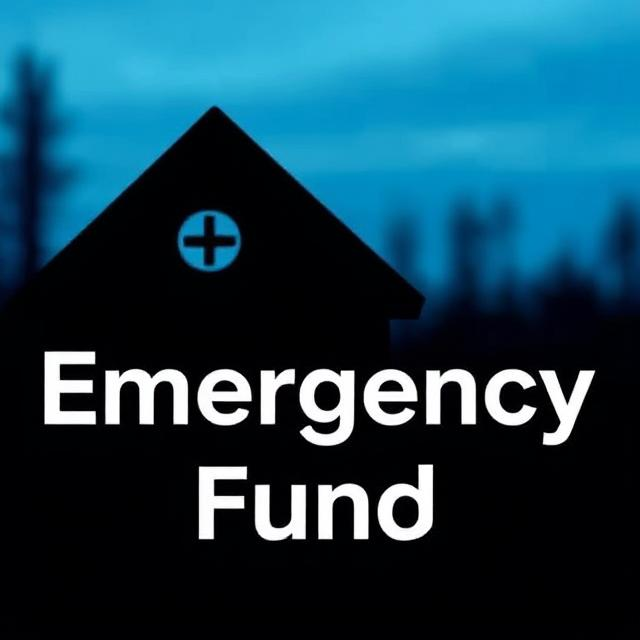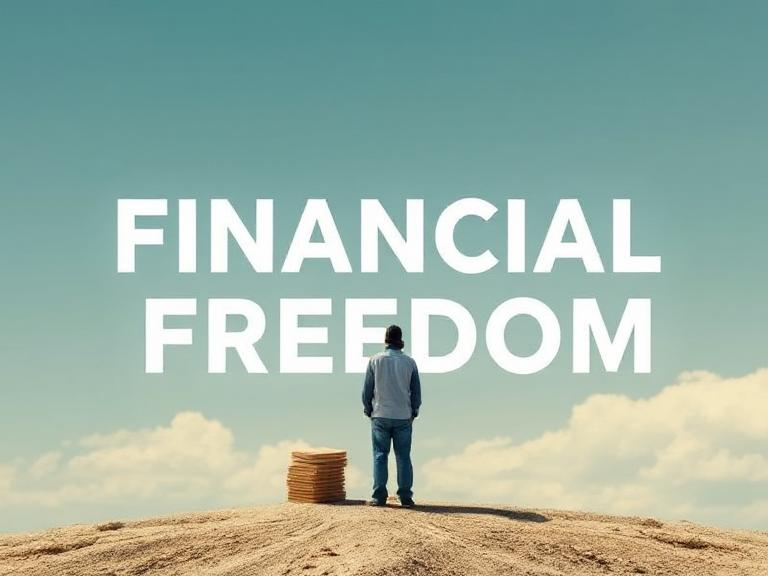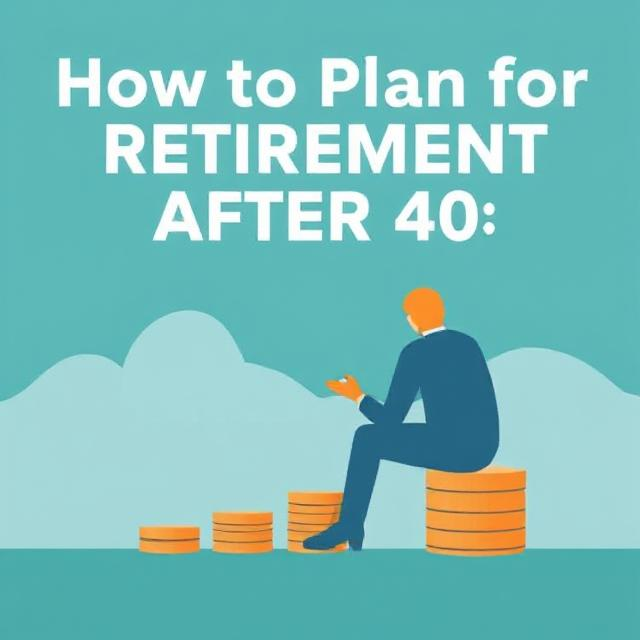Life is unpredictable, and unexpected expenses—like medical bills, car repairs, or job loss—can throw even the best-laid financial plans off track. That’s where an emergency fund comes in. Having a safety net of savings ensures you’re prepared for life’s curveballs without derailing your financial progress. In this guide, we’ll walk you through everything you need to know about building a robust emergency fund.
Why You Need an Emergency Fund
Before diving into how to build one, let’s talk about why an emergency fund is so important:
- Avoid Debt: Without savings, you might resort to credit cards or loans during emergencies, leading to high-interest debt.
- Peace of Mind: Knowing you have a financial cushion reduces stress and helps you focus on what truly matters.
- Protect Your Goals: An emergency fund prevents you from dipping into long-term savings (like retirement funds) when crises arise.
Experts recommend saving 3–6 months’ worth of living expenses , but we’ll show you how to tailor this goal to your situation.
Step 1: Determine How Much You Need
The first step is figuring out how much money you’ll need in your emergency fund:
- Calculate your monthly essential expenses (rent/mortgage, utilities, groceries, insurance, etc.).
- Multiply that amount by 3–6 months, depending on your comfort level and risk factors (e.g., job stability, health conditions).
For example, if your monthly essentials total $2,000, aim to save between $6,000 and $12,000.
If you’re unsure how to calculate your expenses, check out “How to Create a Budget That Actually Works (and Sticks!)” for guidance.
Step 2: Start Small and Build Gradually
Building an emergency fund doesn’t happen overnight. Start with manageable steps:
- Set a Mini-Goal: Begin with a smaller target, like $500 or $1,000, to cover minor emergencies.
- Automate Savings: Set up automatic transfers to a dedicated savings account each payday.
- Cut Non-Essentials: Temporarily reduce discretionary spending (e.g., dining out, subscriptions) to free up cash for savings.
Every little bit adds up over time. For creative ways to save, read “10 Proven Ways to Save Money Without Sacrificing Your Lifestyle.”
Step 3: Choose the Right Place to Store Your Fund
Your emergency fund should be easily accessible but not too tempting to dip into. Consider these options:
- High-Yield Savings Account: Earn interest while keeping your money liquid.
- Money Market Account: Offers higher interest rates and check-writing privileges.
- Separate Account: Keep it away from your regular checking account to avoid accidental spending.
Learn more about maximizing returns on your savings in “Smart Money Moves Start Here.”
Step 4: Boost Your Savings with Extra Income
Speed up the process by adding extra income streams:
- Sell unused items online (e.g., clothes, electronics).
- Take on freelance work or part-time gigs.
- Put tax refunds, bonuses, or cash gifts directly into your emergency fund.
For ideas on earning extra cash, explore “Side Hustles That Can Help You Earn an Extra $1,000 a Month.”
Step 5: Reassess and Maintain Your Fund
Once you’ve reached your goal, don’t stop there:
- Reevaluate Regularly: Adjust your fund as your expenses or lifestyle change (e.g., moving to a new city, having a child).
- Restock After Use: If you dip into your fund, prioritize replenishing it before focusing on other financial goals.
- Keep It Growing: Continue contributing small amounts periodically to stay ahead of inflation.
For tips on staying disciplined, don’t miss “Breaking Free from the Paycheck-to-Paycheck Cycle.”
Pro Tips for Success
- Start Now: Even $5 a week adds up over time. The key is consistency.
- Prioritize Essentials: Focus on covering basic needs rather than luxuries in your emergency fund.
- Celebrate Milestones: Reward yourself (without spending) when you hit savings targets to stay motivated.
Final Thoughts
An emergency fund is the foundation of financial security. By following these steps, you’ll create a safety net that protects you from life’s uncertainties and empowers you to stay on track toward your bigger financial goals. Remember, every dollar saved brings you closer to peace of mind.
Ready to take control? Start today, and soon you’ll have a financial buffer you can rely on no matter what life throws your way.
Would you like me to expand on any section or add internal linking opportunities? 😊





